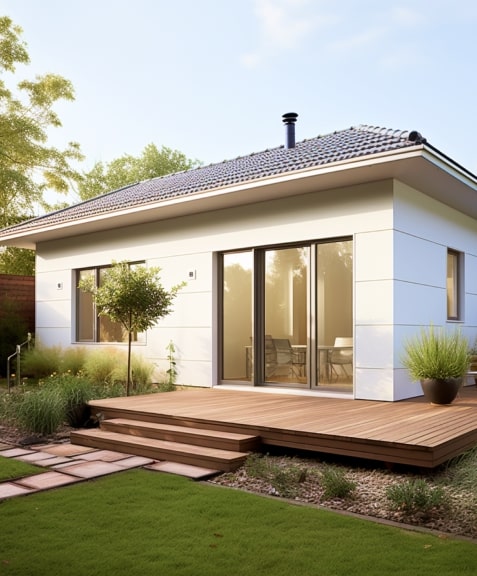
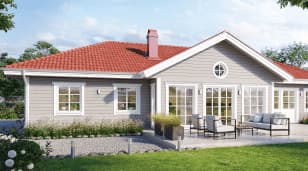
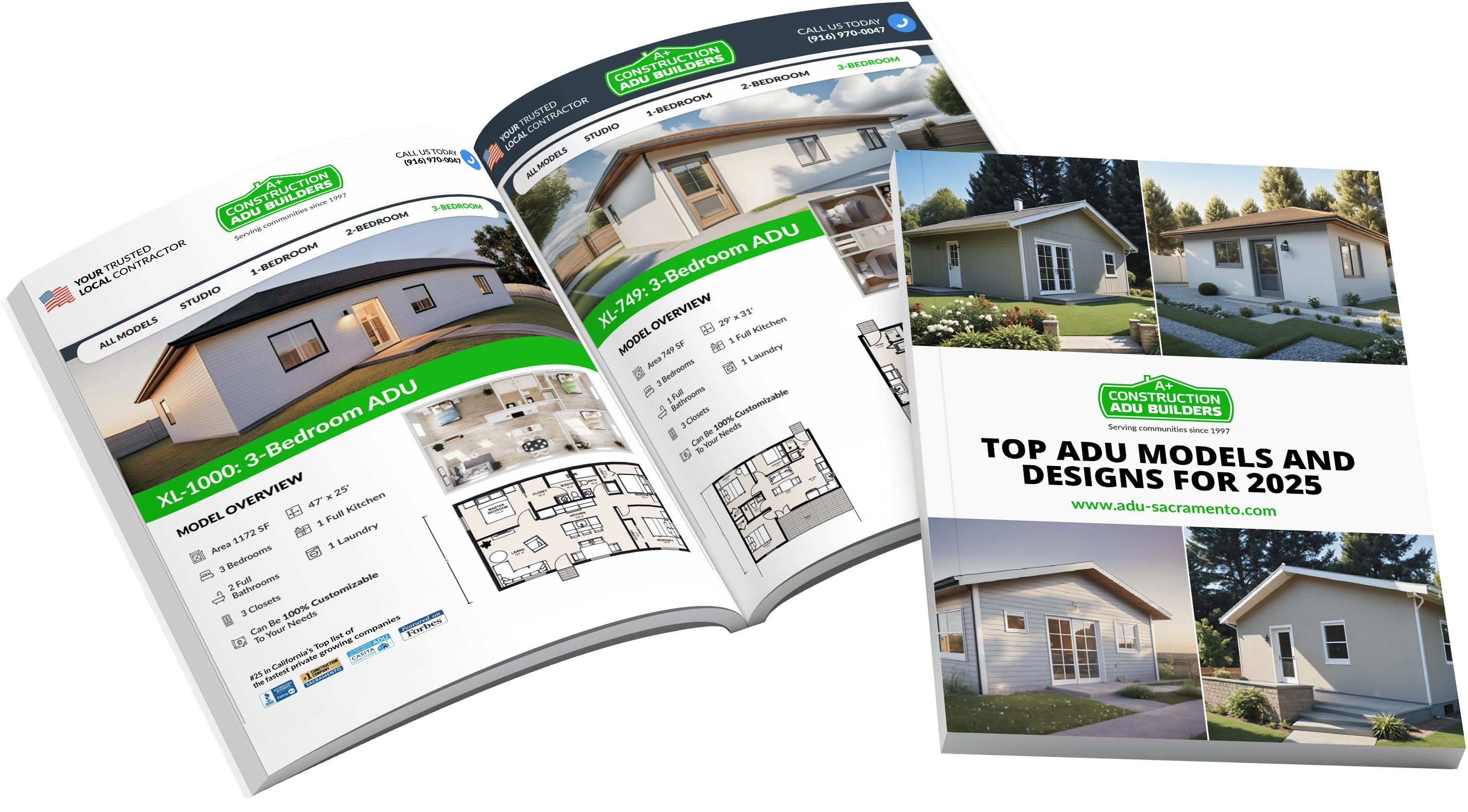

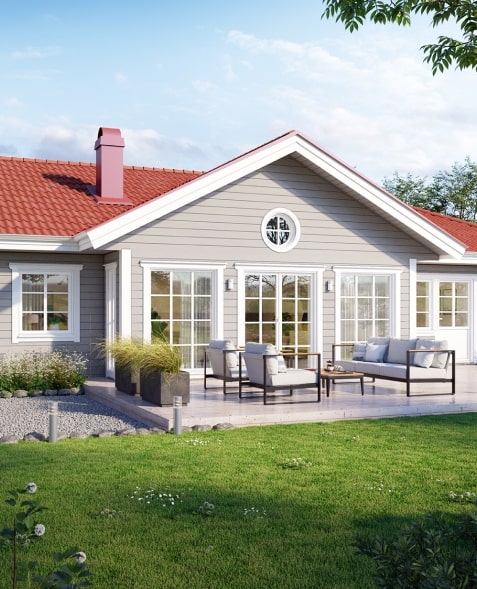
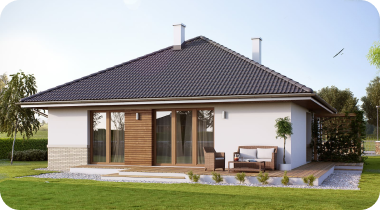
A link to download your FREE brochure will be in your inbox in 3 minutes
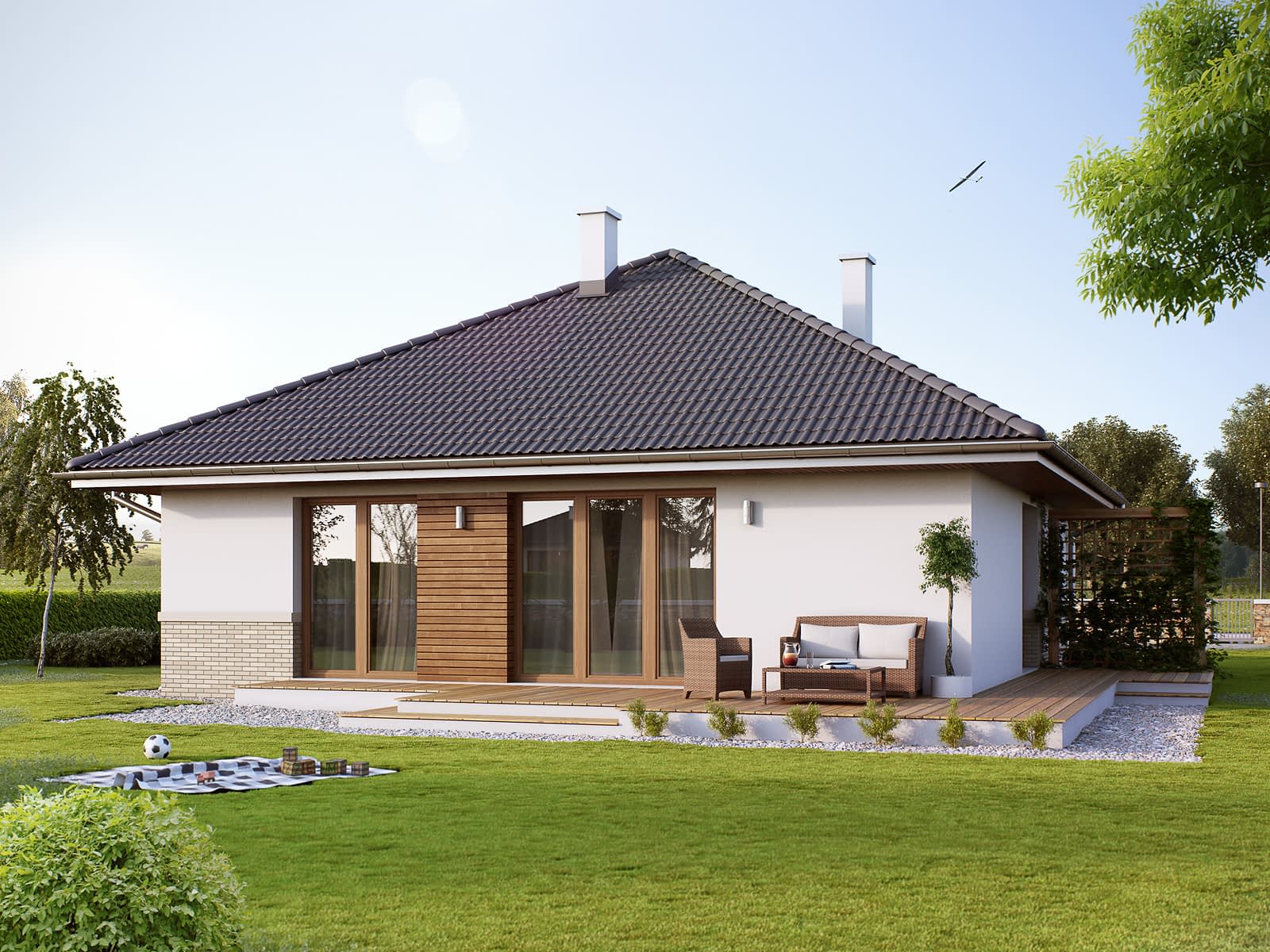





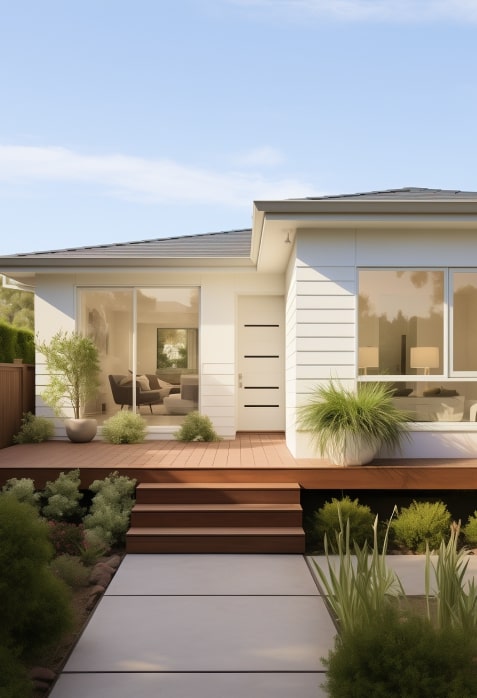
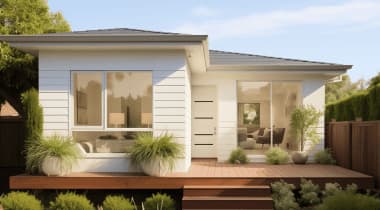











The final price may vary based on project specifics.
To get a free accurate quote tailored to your needs, book a consultation with us today!

The price per square foot provided is an average and may vary depending on project-specific details such as materials, location, complexity, and other factors. Actual costs may differ from the average provided.
It is recommended to obtain a detailed quote based on the specific requirements of your project.

Please note that the monthly payment displayed on this page is an estimate and is subject to variation based on the selected loan product, applicants credit score, loan amount, and other financial details. Actual monthly payment may differ from the estimate provided.
It is recommended to seek advice from a financial advisor or loan officer to obtain precise payment information tailored to individual circumstances.
 Your Trusted
Local Contractor
Your Trusted
Local Contractor
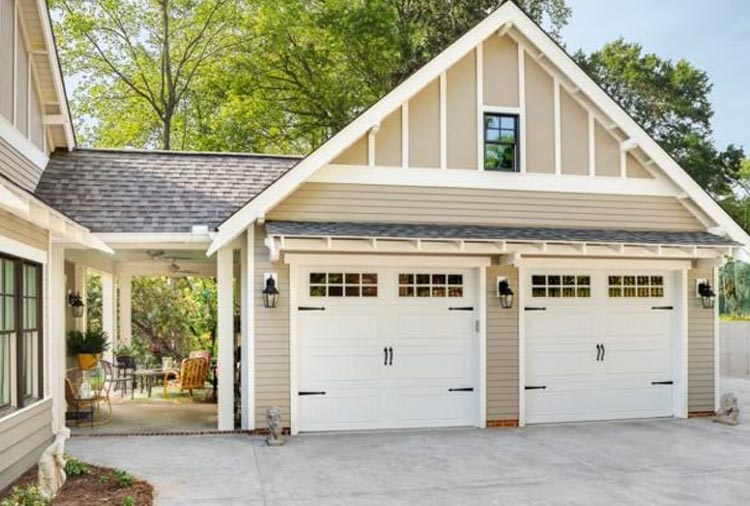
If you’ve got a separate garage, it can be a real hassle trudging back and forth between it and the main house, especially lugging heavy stuff or having to fetch something from the car multiple times in lousy weather. However, it’s not always an option to seamlessly integrate a garage into the structure of the main house. Thus, when you cannot modify the garage itself, it makes sense to connect it to the primary living space.
In this article, we will discuss how to connect a detached garage to the house, creating convenient access from your primary dwelling!
Do you feel uneasy walking along an unlit walkway through the garden during the night? Or maybe you spend quite a lot of time in a newly converted ADU, so it’s annoying that you need to walk between two living units in the summer heat, heavy rain, or winter cold every time. Linking a detached garage to the main home is a project that can solve all these problems!
There are plenty of reasons why an originally attached garage may be unfeasible for your particular situation:
If you’re wondering how to avoid these hurdles, forget about attaching a whole garage to the house and move forward to the more adequate solution: creating a hallway between them!
If you were planning a garage connected to the primary residence, but it turns out your property doesn’t fit it, don’t lose hope! Reach out to builders in your city to learn more about the ways to connect your garage to the house via a fully or partially covered-path!
The difference between these buildings lies in their design. To attach your detached garage to a home, you can select one of these common options:
If the term ‘breezeway’ sounds unfamiliar, let us explain! A breezeway typically has a roof that rests on posts or other structures open on the sides for airflow and light beams. It can protect you from some elements like scorching sun, winter snow, or rain, but it maintains a lot of openness.
Being a partially enclosed pathway, this type of construction shields you from exposure to bad weather conditions. The difference between the two is that the covered walkway offers a greater level of protection. They may have glass or plastic wall coverage.
As you can guess, completely enclosed passages have solid walls implantable to weather and direct light. They may have windows and a door, offering a secure transition between two structures.
Digging into more unique designs, we can offer a more rustic, nature-integrated pathway. For example, the one covered with climbing plants. Although this type of construction doesn’t protect you much from the elements, it may become a lovely addition to your garden ambiance.
If you adamantly decide to build a pathway from your garage to the house, it’s essential to dig into the legal side of the issue. Getting your structures connected frequently requires permits. And the foundation of issuing a permit is compliance with the local regulations and zoning rules.
Sometimes, such an extension is prohibited by law. Whether it’s local laws restricting specific types of buildings or your property is just unsuitable. For example, after planning the modification, you may find out that it contradicts setback requirements, maximum lot coverage rules, or height restrictions.
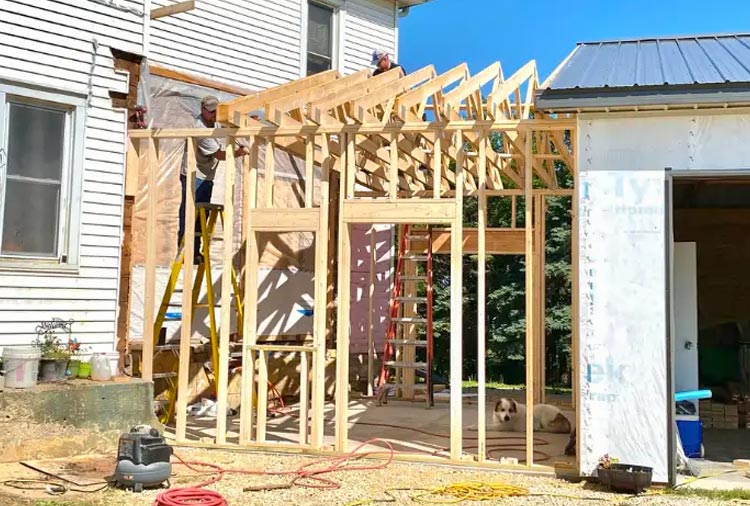
Whichever purpose of connecting garages and houses you have, the attached structure requires thoughtful planning. First of all, it shouldn’t be too narrow. Two people should be able to walk through it without knocking each other down. This means around 4-5 feet wide.
The foundation and walls of the structure may be composed of materials such as wood, brick, stone, concrete, or asphalt. However, keep in mind the design of the structure when choosing the material. If you opt for trellis-like models, the direct sunlight may heat up the structure made of paved asphalt or structure with metal elements.
It’s not uncommon to choose the specific amount of protection you want. For a foyer room intended for the storage of seasonal belongings or wardrobe items, you can dedicate a portion of the space under the roof while leaving the rest half-one. Or you can make the space fully covered as if it’s an extra room. Just note that the more you extend enclosed spaces, the more permits the project requires.
To add the new walkway between the garage and the house, consider the following steps:
All in all, connecting the garage and the house is a seemingly easy matter, but it has a lot of nuances. Sounds difficult? Hire a seasoned team consisting of an architect, designer, engineer, and a bunch of builders! A+ Construction & Remodeling offers a wide selection of professional building services for purchasing!
Get a First Look at Real ADU Projects